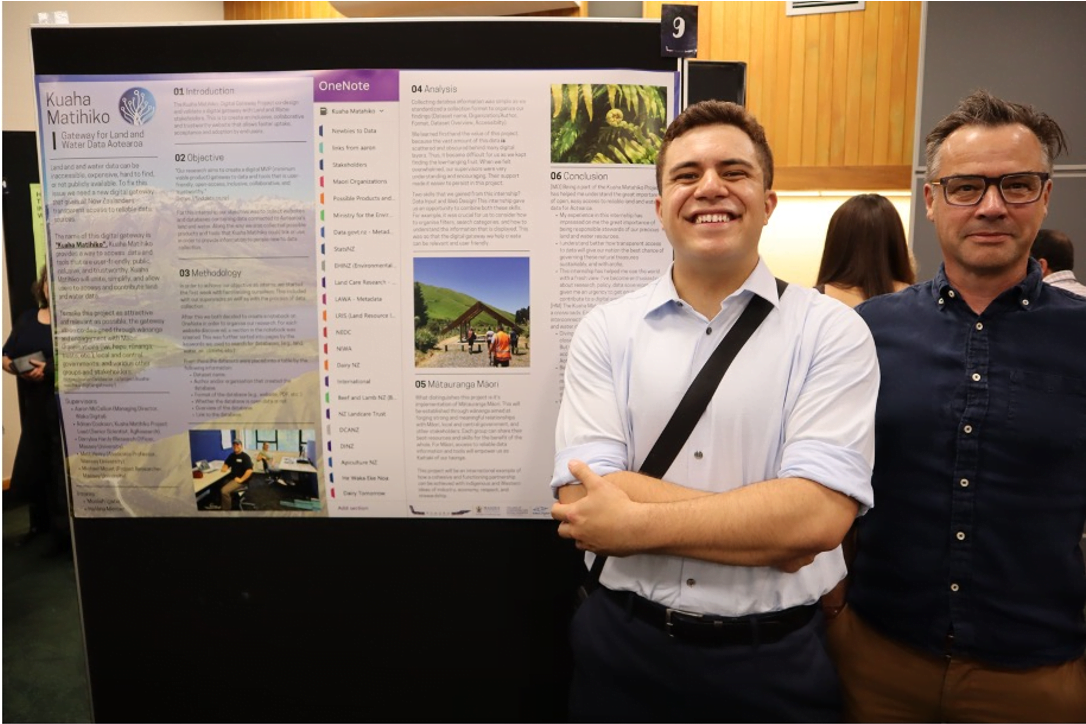The Matrix of Drivers
A foundational understanding of international and domestic drivers and issues, and their importance to the primary sector
Project Details Ngā taipitopito
November 2017 – February 2018
October 2019 – January 2020
October 2021 – January 2022
July 2023 – November 2023
Collaborators Ngā haumi
What are we doing?E aha ana mātou?
Primary production is influenced and impacted by many external factors, or drivers. A full stocktake of these international and domestic drivers and their interactions is helpful, to understand their relative importance to the primary sector.
The Matrix of Drivers research team developed an overview of all the known drivers and issues that have the potential to affect agricultural land and water use in New Zealand. This was initially completed in 2016, and updated in 2018, 2020 and 2022.
The matrix uses 1500 unique sources of information of academic, industry, regulatory and legislative origin. This is built into a priorities matrix that quantifies the importance of these drivers and represents the level of interest or concern of customers.
The Matrix of Drivers provides market intelligence and foresight into consumer trends and international agreements, and can be used to assess the magnitude of drivers across sectors.
How can the research be used? Ka pēhea e whai take ai te rangahau?
- The Matrix of Drivers provides market intelligence and foresight into consumer trends and international agreements.
- Industry bodies and agribusinesses can use this research to assess the magnitude of drivers affecting their sector (such as climate change or the trend towards plant-based proteins), anticipate change, and assist producers to adapt.
- Primary sector producers and entrepreneurs can use The Matrix of Drivers to meet market demands or seek out new high-value, low-environmental-footprint opportunities, and avoid lurching from one consumer trend to the next.
- The open access evidence base is a useful reference tool for business, media and students. It neatly organises (by issue) links to 1,500 international and domestic primary sources of information, vetted for relevance and credibility. It includes key strategic and regulatory documents from New Zealand’s government and regional agencies, and information from primary sector groups and farmer associations.
- Each of the 35 trends and challenges has been summarised into up-to-date fact sheets in PDF form for easy reference (accessible from this Google Drive folder.)
- The Matrix of Drivers has informed science investment for the Our Land and Water National Science Challenge, ensuring investment was targeted into the areas of highest potential impact, related to the hierarchy of national and international issues.
- Ultimately, this knowledge will impact on the primary sector’s social licence to operate by allowing Our Land and Water National Science Challenge to answer some of the biggest questions around sector growth and maintenance of environmental quality.
 View Our Strategy Document 2019 – 2024
View Our Strategy Document 2019 – 2024















